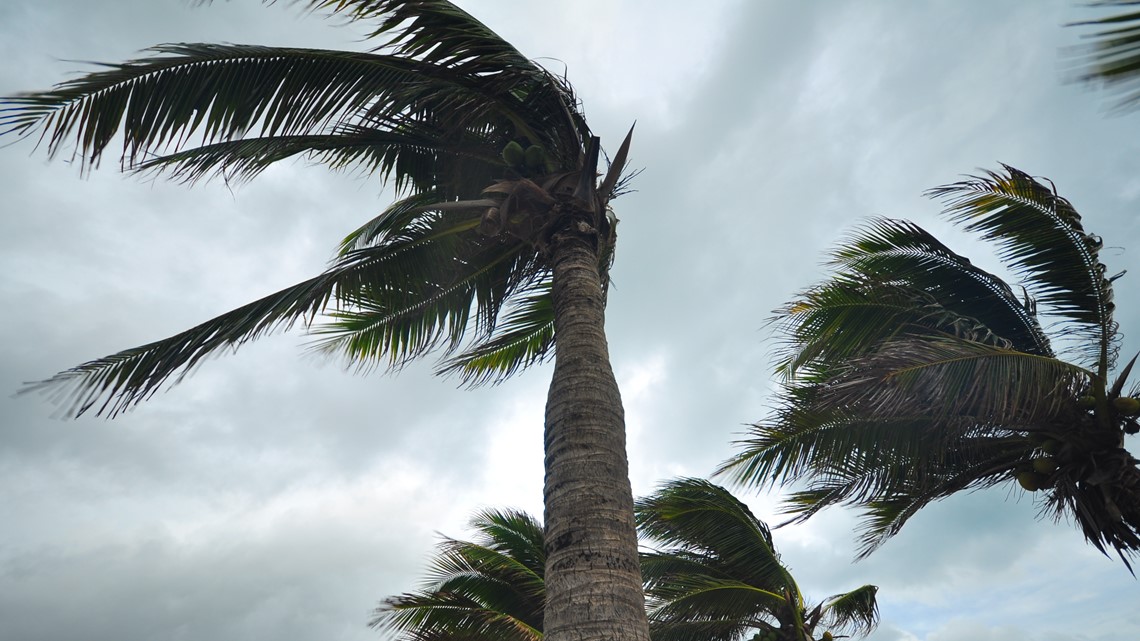Colorado State University releases forecast for 2024 Atlantic hurricane season
Researchers with Colorado State University have released their latest forecast for the upcoming Atlantic hurricane season, and we're gearing up for an active one! Researchers from Colorado State University have released their latest forecast for the 2024 Atlantic hurricane season. The researchers predict an above average season, with 23 named storms and 11 hurricanes, five of which are expected to become major hurricanes. This is due to an abnormally warm Atlantic Basin for this time of year, leading to warm waters acting as fuel for tropical development. The prediction is attributed to a decreasing El Niño pattern and a transition toward a La Niña pattern, which reduces wind shear during this period. This prediction is the highest for hurricanes by CSU ever issued.

Published : 4 weeks ago by Natalie Ferrari in Weather
Researchers with Colorado State University have released their latest forecast for the upcoming Atlantic hurricane season, and we're gearing up for an active one!
Example video title will go here for this video
Example video title will go here for this video
ST. PETERSBURG, Fla. — Every year, researchers at Colorado State University (CSU) release their initial outlook for the upcoming Atlantic hurricane season in early April.
The numbers are now out and it's expected to be a very active season.
On average, the Atlantic hurricane season generates about 14 named storms. From those named storms, seven become hurricanes, with three of those reaching major hurricane status (category 3 or above).
So, what's the forecast for this Atlantic hurricane season? Researchers at CSU say they expect a well above average season.
Their forecast is calling for 23 named storms and 11 hurricanes with five of those becoming major hurricanes.
There's two main reasons for this forecast. The first factor is due to an abnormally warm Atlantic Basin for this time of year. Warm waters act as fuel for tropical development.
The second factor is due to a diminishing El Niño pattern, and a transition toward a La Niña pattern - especially during the second half of the hurricane season in the late Summer and Fall. When La Niña conditions are in place, wind shear is often reduced.
According to Dr. Phil Klotzbach and his team at CSU, this combination will cause more storms than normal to form.
"This is the highest prediction for hurricanes that CSU has ever issued with their April outlook," he says.
Every year, several meteorology groups put together a forecast for the upcoming hurricane season. NOAA's hurricane season forecast comes out in mid-to-late May. Colorado State University will issue more forecasts throughout the hurricane season.
Topics: Academia, Hurricanes, Colorado State University
